Details:
Key Specifications:
DirectionsL
Maxillary forceps must be held in a palm up position.
Apical pressure: With the force in this direction, the tooth movement is minimal in the apical direction however, the socket expands due to the insertion of beaks in the periodontal ligament space. Also, the center of rotation of the tooth displaces apically, resulting in less amount of force at the apical portion of the root preventing it from getting fractured.
Buccal/Palatalpressure: This results in expansion of the buccal cortical plate, specifically at the crest of the ridge. However, at the same time, it results in lingual apical pressure. However, excessive pressure must be avoided to prevent fracture of the buccal bone and the apical portion of the root.
Rotational pressure: Here the tooth is rotated resulting in internal socket expansion and tearing of periodontal ligaments. This force must only be applied to the teeth with single and conical roots. Teeth with multiple or dilacerated roots are prone to fracture on the application of this force.
Tractional forces: This delivers the tooth out of the socket.
Indications:
Grossly carious tooth which cannot be restored.
Acute and chronic pulpitis which cannot be restored by RCT.
Periodontal diseases having more than half of alveolar bone loss
Fracture tooth, root.
Supernumerary and malposed teeth
Mobile tooth and Impacted tooth
Retained deciduous teeth if permanent successor is present.
Features:
1) High-grade Stainless Steel
2) Ergonomic Design
It has Serrated and larger handles for better grip.
Sharp beaks on a tip for better adaptation to root surface.
Concave Inner Surface to engage the root.
3) Passivated metal finishing process to prevent corrosion.
4) Disinfection
It is autoclavable at 135 degree celsius
| Weight | .5 kg |
|---|---|
| Dimensions | 22 × 11 × 9 cm |

 Buzz Deals
Buzz Deals Clinic Wear
Clinic Wear Covid Safety Store
Covid Safety Store Disposables
Disposables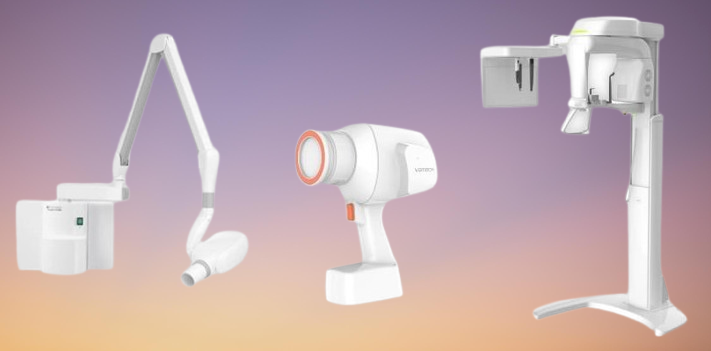 Dental X-ray Shop
Dental X-ray Shop Endodontics
Endodontics Restorative Dentistry
Restorative Dentistry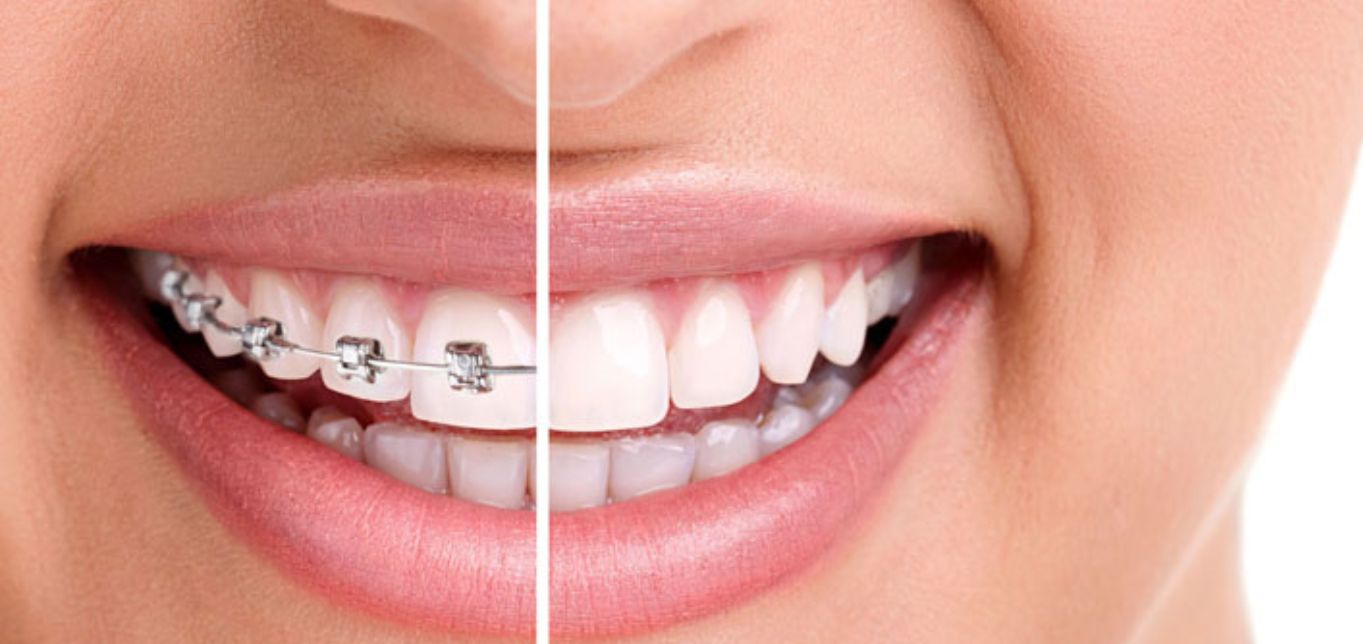 Orthodontics
Orthodontics Pedodontics
Pedodontics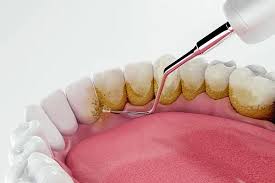 Periodontics
Periodontics Prosthodontics
Prosthodontics Equipment
Equipment Everyday Dentistry
Everyday Dentistry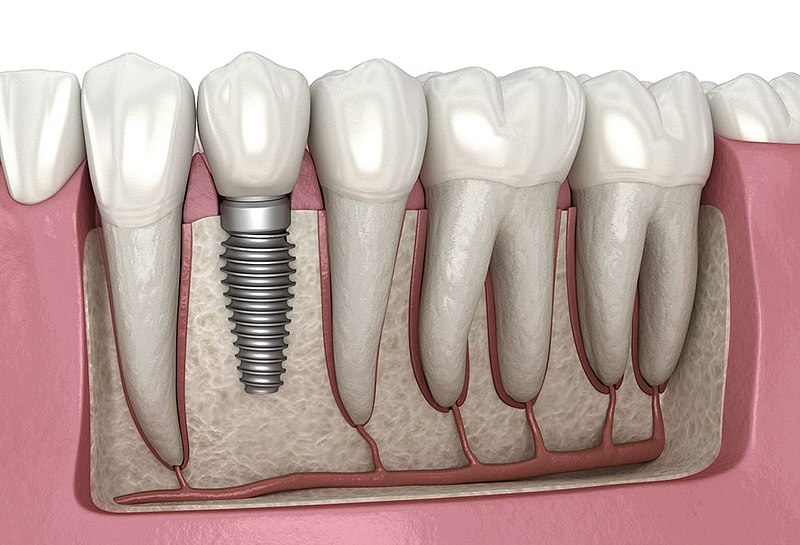 Implantology
Implantology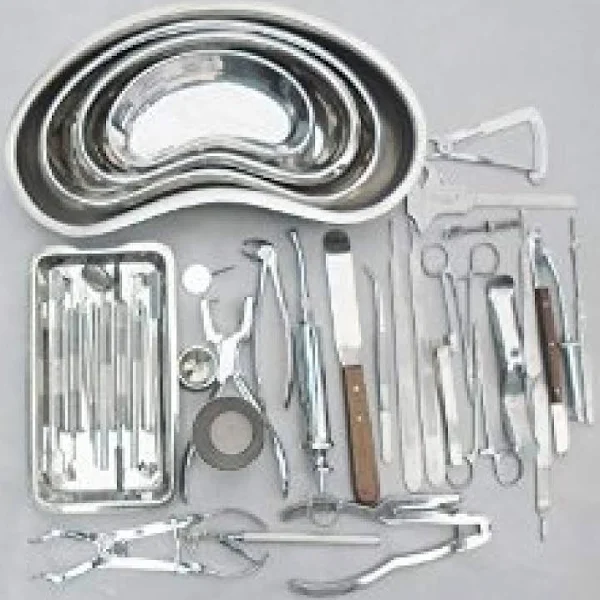 Instruments
Instruments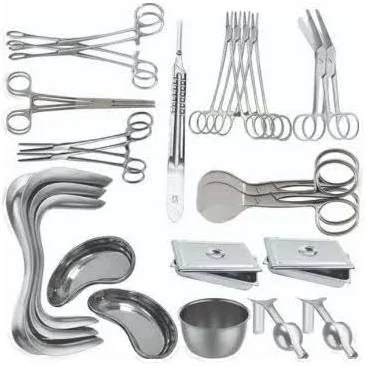 Surgical Instruments
Surgical Instruments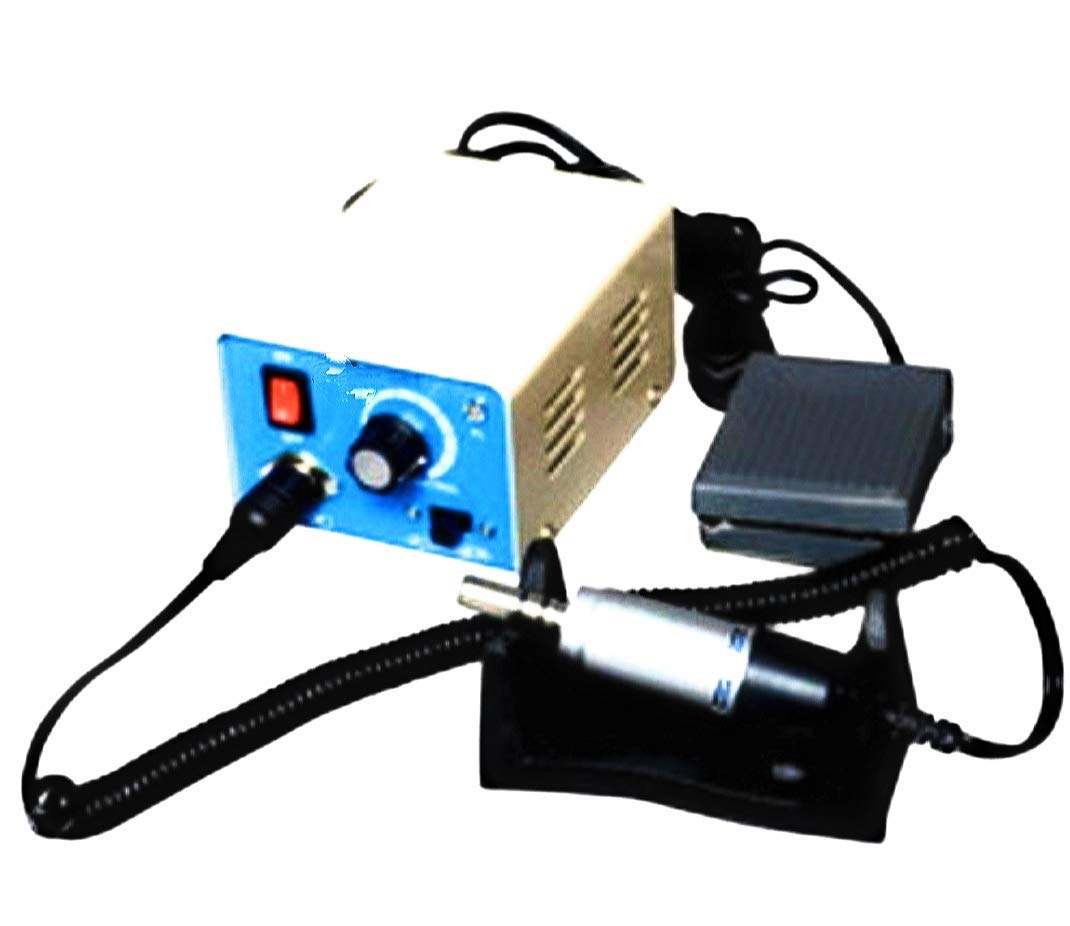 Hand Pieces & Micromotor
Hand Pieces & Micromotor Laboratory
Laboratory Sterilization
Sterilization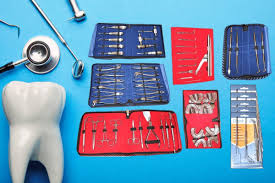 New Clinic Setup
New Clinic Setup Students Section
Students Section
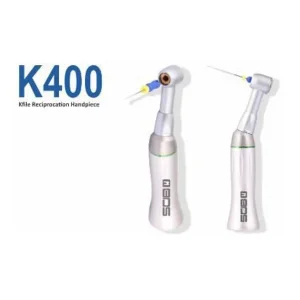
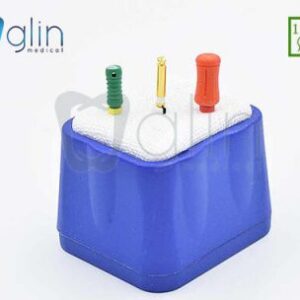
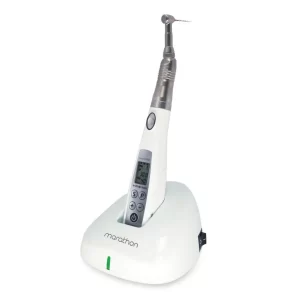





 Home
Home  Whishlist
Whishlist  Compare
Compare  Checkout
Checkout
Reviews
There are no reviews yet.